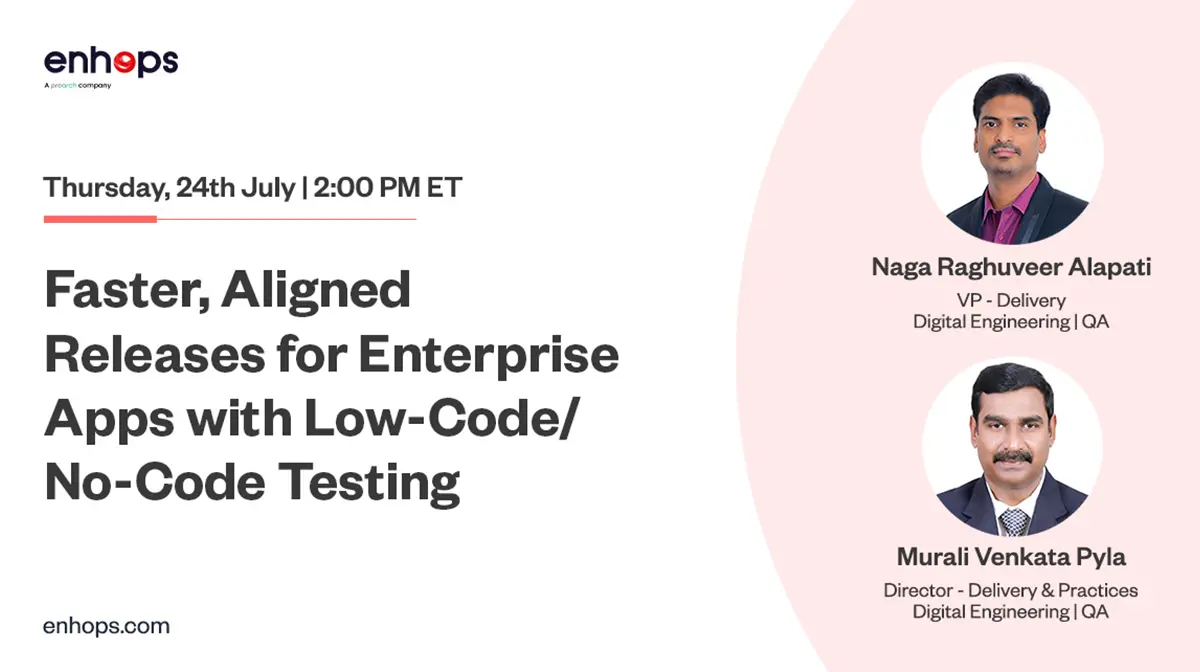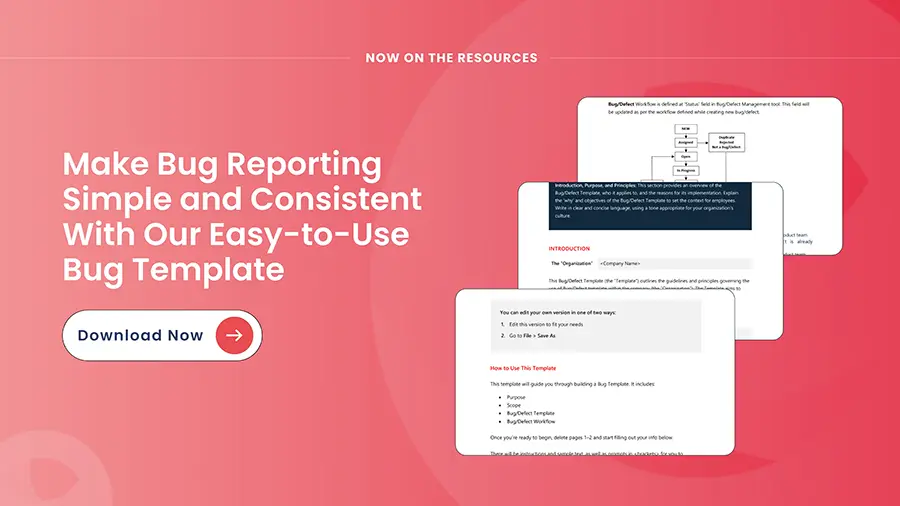The increasing sophistication and frequency of cyber threats makes integrating security into the software development lifecycle more critical than ever. This growing imperative is driving rapid adoption of DevSecOps – bringing security teams, developers, and operations together to make security, a shared responsibility.
In today’s tech landscape, embracing DevSecOps isn’t just an option—it’s essential for organizations who are looking to stay competitive. However, this shift comes with its share of challenges. Fortunately, by adopting best practices, organizations can navigate these hurdles effectively.
Read on to learn why DevSecOps is set to become the new normal for modern application security.
DevSecOps: Essential Security for Agile Development
The traditional approach to security, which involves tacking it on at the end of the development cycle, is no longer sufficient. As cyber threats continue to grow in both complexity and frequency, organizations can no longer afford to treat security as an afterthought.
DevSecOps not only ensures that security is integrated from the start but also fosters a culture of collaboration and shared responsibility among developers, security professionals, and operations teams. This proactive approach enables organizations to identify and remediate security vulnerabilities early in the development process, reducing the risk of costly security breaches down the line.
Here are key reasons why DevSecOps is now a must-have:
- Eliminates silos: Security teams are no longer isolated. Security shifts left and is a concern from design onwards for developers. This results in secure code by default.
- Addresses rising threats: Traditional security approaches fail against sophisticated attacks. Building security across the lifecycle is key.
- Enables rapid response: Issues can be caught and fixed quickly through automated security checks rather than after release.
- Improves software quality: Integrating security improves code quality and reduces risks in production.
- Meets compliance needs:DevSecOps provides audit trail on security measures taken during SDLC. This aids compliance.
- Reduces costs: Fixing vulnerabilities early is cheaper than later in production. DevSecOps saves costs.
- Improves customer trust: Organizations implementing DevSecOps instill confidence in customers about their security posture.
Overcoming Pain Points in the DevSecOps Journey
While the benefits of DevSecOps are undeniable, its adoption comes with challenges. One common pain point is the cultural shift required to embrace DevSecOps fully. This entails breaking down silos between development, security, and operations teams and fostering a mindset where security is everyone’s responsibility. Additionally, integrating security into existing CI/CD pipelines can be complex and may require significant changes to existing processes and toolchains.
To address these challenges, organizations should focus on creating a culture of security awareness, providing the necessary training and resources, and leveraging automation to streamline the integration of security into the development workflow.
DevSecOps Best Practices – What, Why and How
- Shift-Left Security:
- What: Shift-Left Security involves integrating security practices and testing earlier in the software development lifecycle (SDLC), ideally at the beginning of the development phase.
- Why: This approach helps catch security vulnerabilities and issues earlier, reducing the cost and effort required to fix them later in the process.
- How to Adopt: Integrate security testing tools into the development environment, automate security checks in the CI/CD pipeline, and educate teams about the importance of early security integration.
- Automate High Risk Areas:
- What: Automation is a key tenet of DevSecOps, including automating security testing, compliance checks, and deployment processes.
- Why: Automation reduces manual effort, improves consistency, and allows for faster and more reliable security checks.
- How to Adopt: Identify repetitive security tasks that can be automated, select appropriate tools for automation, and integrate them into the development and deployment workflows.
- Continuous Monitoring:
- What: Continuous monitoring involves the real-time tracking of security metrics and events to detect and respond to security threats promptly.
- Why: Continuous monitoring provides visibility into the security posture of applications and infrastructure, allowing for proactive threat mitigation.
- How to Adopt: Implement monitoring tools that provide real-time insights into security events, integrate them with existing systems, and establish processes for incident response.
- Security as Code:
- What: Treating security policies, configurations, and compliance requirements as code that can be versioned, tested, and automated.
- Why: This practice ensures that security is a fundamental part of the development process, rather than an afterthought.
- How to Adopt: Use infrastructure-as-code (IaC) tools for defining and managing infrastructure, leverage version control systems for security policies, and automate the deployment of security configurations.
- Collaborative Culture:
- What: Cultivating a culture of collaboration and shared responsibility among development, security, and operations teams.
- Why: Collaboration ensures that security considerations are integrated into every aspect of the software development and deployment process.
- How to Adopt: Encourage open communication between teams, establish cross-functional security workshops or training sessions, and incentivize collaboration through shared goals and rewards.
- Feedback Loops:
- What: Establishing mechanisms for collecting feedback on security practices and using that feedback to drive continuous improvement.
- Why: Feedback loops enable organizations to learn from security incidents, identify areas for improvement, and adapt their practices accordingly.
- How to Adopt: Implement processes for gathering feedback from security testing, incident response, and post-mortem analyses, and use that feedback to update security policies and practices.
- Compliance and Governance:
- What:Aligning industry regulations and internal governance standards related to security.
- Why: Compliance and governance ensure that security practices meet legal and regulatory requirements, reducing the risk of non-compliance.
- How to Adopt: Stay informed about relevant regulations and standards, conduct regular audits to ensure compliance, and update security practices as needed to meet new requirements.
- Adaptability:
- What: Remaining agile and adapting security practices to evolving threats and technologies.
- Why: The threat landscape is constantly evolving, and security practices must evolve accordingly to remain effective.
- How to Adopt: Stay informed about emerging security threats and technologies, conduct regular risk assessments, and update security practices based on the findings.
Final Thought
In conclusion, while implementing DevSecOps may seem like a daunting task due to various challenges, it is important to approach it as a journey. Despite the desire to fully realize the benefits of DevSecOps, concerns about resource limitations and expertise within the organization may arise. To address this, it is recommended to start with small, manageable steps and gradually build upon them. Throughout this journey, it is crucial to follow a cyclic process:
- Assess the existing gaps in your DevSecOps implementation.
- Identify and pursue quick wins to demonstrate progress.
- Empower advocates of DevSecOps and celebrate milestones.
- Measure the outcomes, reassess the gaps, and expand on the successes.
- Continuously evaluate and refine the DevSecOps practices.
We at Enhops have been practicing DevSecOps for all our clients and created a very successful team of DevSecOps practitioners, engineers, and architects. Our DevSecOps expertise helps clients in developing high-quality digital applications that are fully secured and compliant.
Want to know more? Reach Us at marketing@enhops.com




